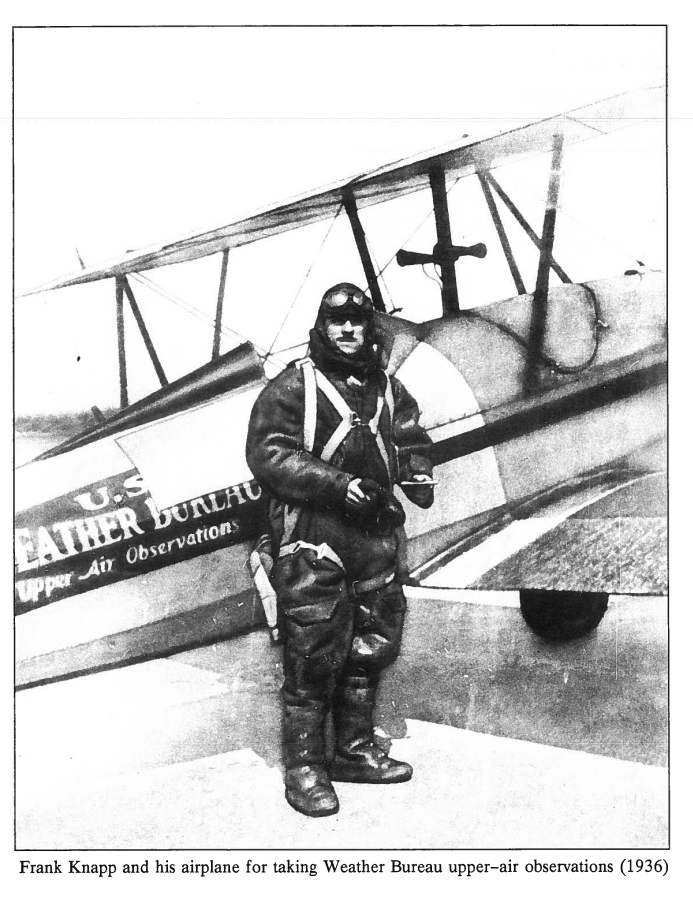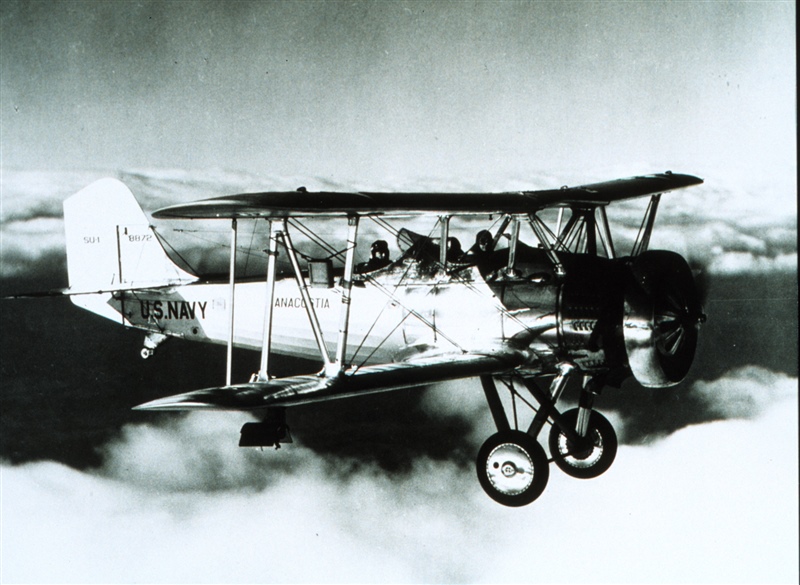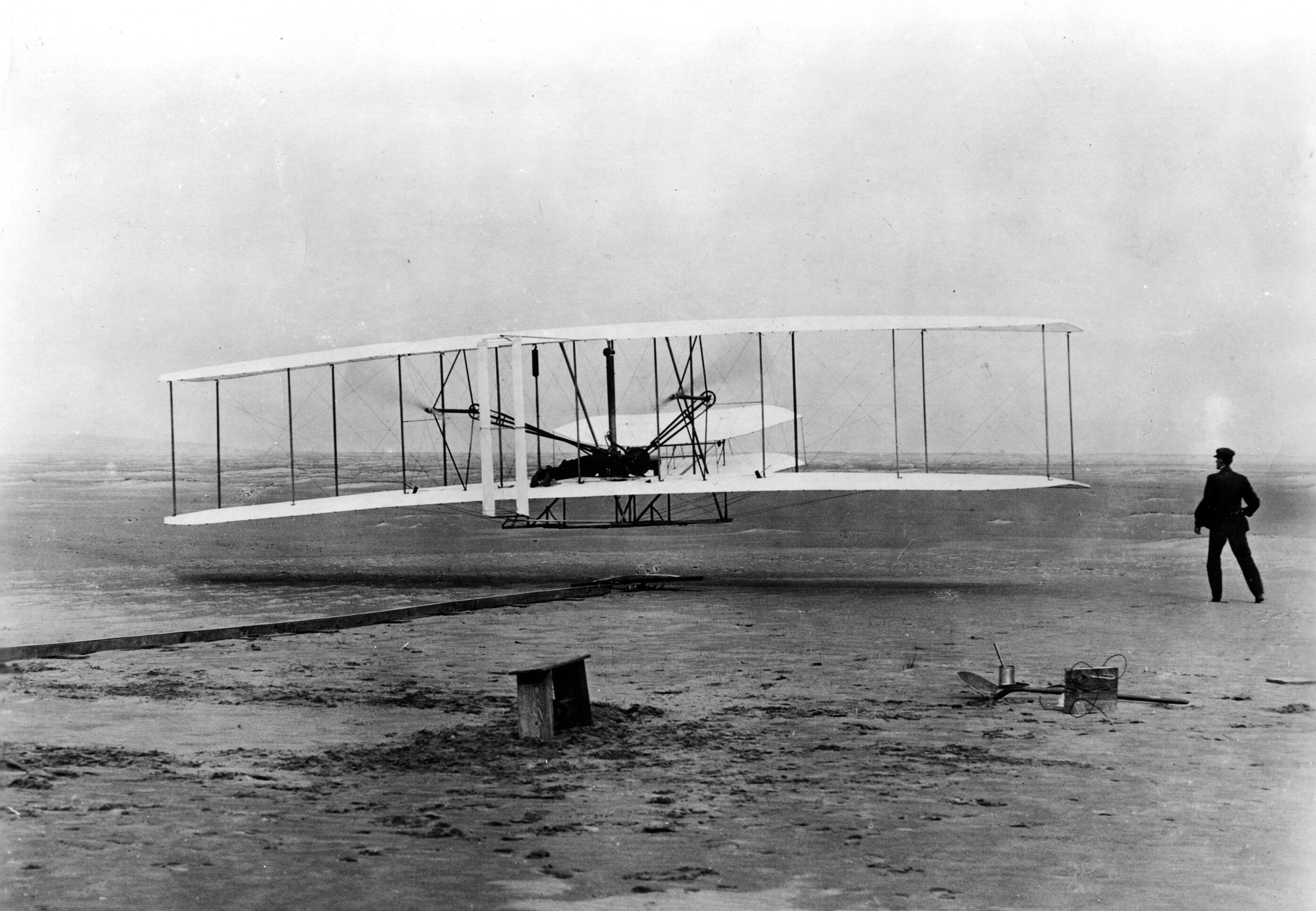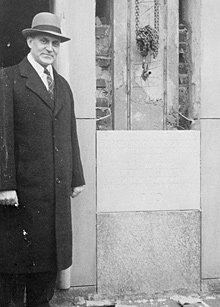Our Stories - National Weather Service Heritage
Content with tag aviation weather .
No Results Found
-
 Becoming a Weather-Ready Nation (Today and Beyond), Revolutionizing Observations, Forecasts & Dissemination (1990-Today), Modernization and Restructuring (1980-1990), ESSA to NOAA and Environmental Focus (1965-1980), The Satellite Age Begins (1960-1965), Post-War Expansion (1945-1960), Weather and the War (1942-1945), Early Growth (1912-1941), The Weather Bureau Rises (1891-1912), Signal Service Years (1870-1891)
Becoming a Weather-Ready Nation (Today and Beyond), Revolutionizing Observations, Forecasts & Dissemination (1990-Today), Modernization and Restructuring (1980-1990), ESSA to NOAA and Environmental Focus (1965-1980), The Satellite Age Begins (1960-1965), Post-War Expansion (1945-1960), Weather and the War (1942-1945), Early Growth (1912-1941), The Weather Bureau Rises (1891-1912), Signal Service Years (1870-1891)The National Weather Service at 150: A Brief History
The National Weather Service celebrated its 150th Birthday on February 9, 2020. Read More »
-
 Early Growth (1912-1941)
Early Growth (1912-1941)Close Calls During Weather Flights
The stories of Frank Knapp, a Weather Bureau pilot during the 1930s. Read More »
-
 Weather and the War (1942-1945), Early Growth (1912-1941)
Weather and the War (1942-1945), Early Growth (1912-1941)The Weather Bureau's "Flying Forecasts"
The Weather Bureau inaugurates "flying forecasts" on December 1, 1918, as the aviation industry expands following World War I. Read More »
-
Post-War Expansion (1945-1960)
Francis Reichelderfer: Sailor, Aviator, Meteorologist, and Director of the U.S. Weather Bureau
For a quarter century, Francis Reichelderfer presided over the most revolutionary era in the history of the National Weather Service, guiding the organization through World War II and bringing modern technology to weather forecasting. Read More »
-
 The Weather Bureau Rises (1891-1912), blogs
The Weather Bureau Rises (1891-1912), blogsThe Wright Brothers and the Weather Bureau
On December 17, 1903, Wilbur and Orville Wright made four brief flights at Kitty Hawk, North Carolina with their first powered aircraft. Read More »

